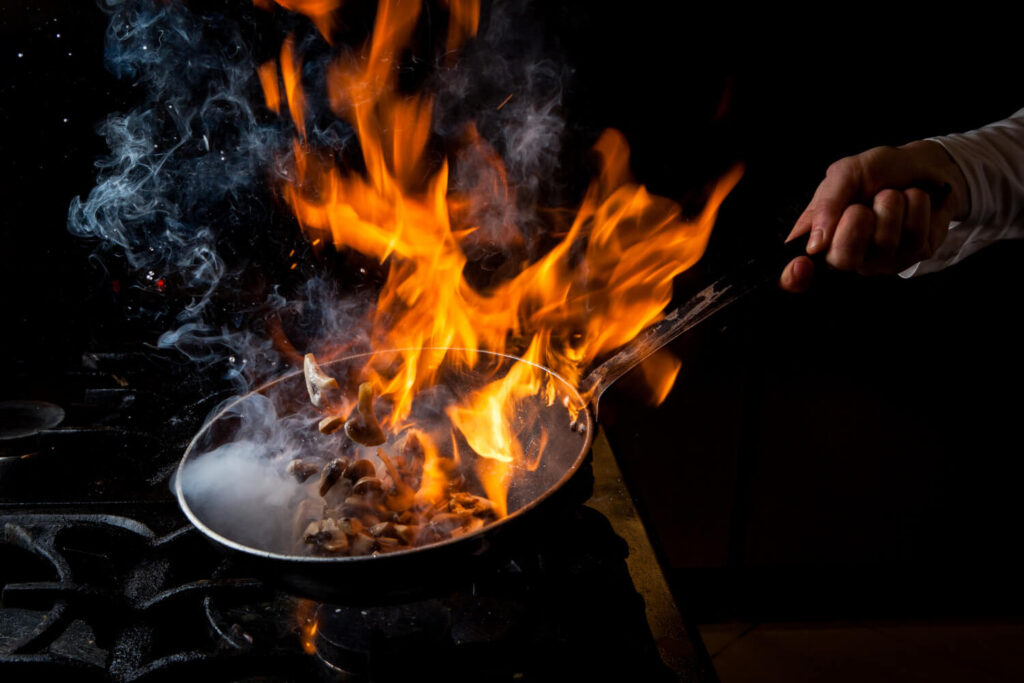20 October, 2022

5 min

9

We all have cooking oils in our pantries; whatever the cuisine, the oil will always be an integral part of it. Over the years, oil has received a lot of bad reputation due to misinformation about it. Oil is nothing but fat, and fats are required for the body to function correctly. However, not every oil is created equally; the trick is to choose the right oil that helps in cooking and is good for your health and heart. One important thing to consider while buying oil is its smoke point. This is especially important in Indian cooking, which involves high-temperature cooking and frying. However, let’s first understand the concept of smoke points of oil.
In the simplest terms, a smoke point refers to the temperature wherein the oil begins to smoke. The smoke point can also be referred to as the boiling point. Heating an oil beyond its smoking point can lead to the formation of carcinogens; these carcinogens are connected with various chronic diseases.
Every oil has different smoke points and understanding the smoke point of oils will help us make an informed decision and appropriately use them.
Understanding the smoke points of oils:
- Refined oil will have a higher smoke point than unrefined oil. During the refining process, free fatty acids, and volatile compounds are removed. These volatile compounds tend to break down and cause rancidity in the oil. This makes refined oil perfect for cooking and deep-frying because of its high smoke point. Saffola oil is an example of a high smoke point oil making it ideal for all types of cooking.
- The smoke point of an oil is also dependent upon the type of fatty acids in these oils. Oils high in polyunsaturated (PUFA) fats, such as sunflower and safflower, have a high smoke point. Oils with high monounsaturated (MUFA) fats like avocado and olive are medium smoke point oils, while oils that are high in saturated fats like coconut and palm have high smoke point oil. Blended oils, a mix of two seed oils are targeted to have a better balance of MUFA and PUFA, which gives it a high smoke point and gives you good nutrition from fats.
- As an oil grows older and is exposed to environmental factors like heat and air, the smoke point is affected. However, higher smoke point oils are relatively resistant to rancidity.
The importance of the smoke point of oils:
- When oil reaches its smoking point, the fat in the oil begins to break down. The more the oil is heated, the more free fatty acids are broken down. Along with the release of free fatty acids, it also causes oxidation. Oxidation is an undesirable series of chemical process that degrades the quality and quantity of the oil, leading to rancidity. Oxidation also causes production of free radicals that have harmful effects to the body. Therefore, it is always asked not to reuse frying oil over and over again. The reheating of oil also breaks down the antioxidants and can lead to chronic diseases.
- Oils with a good balance of MUFAs and PUFAs are the healthiest of oils. These oils are heart-healthy and reduce the inflammation in our bodies. Saffola Gold is one such oil. Also, with a high smoke point, Saffola oils retain their nutrition even at high temperatures.












